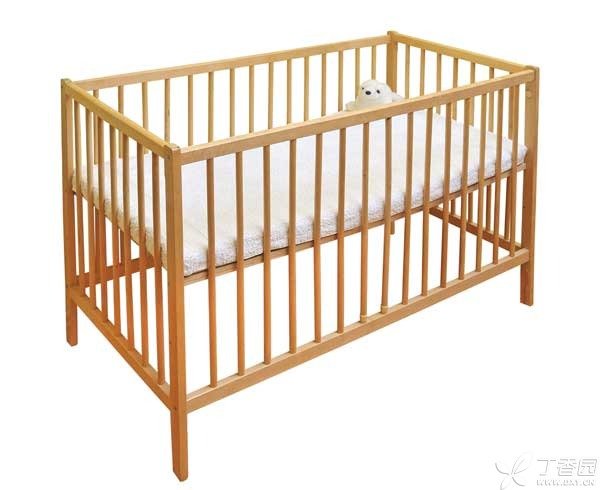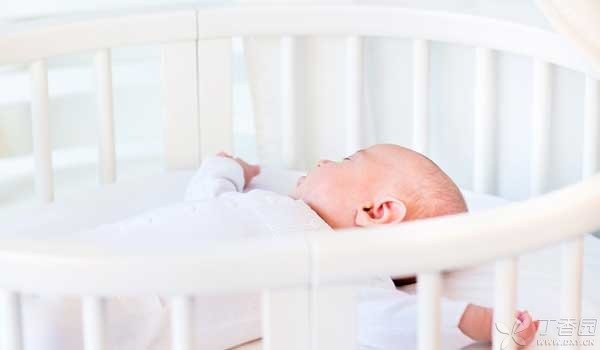
When my wife was pregnant, many [former people] told us that there was no need to buy a crib, it was useless for them to buy it, children always slept in big beds with adults, and buying a crib was also a waste… Later, I realized that they were all wrong.
In order to reduce the risk of sudden infant death syndrome (SIDS) and other sleep-related sudden accidental infant death (SUID), the US Centers for Disease Control and Prevention, the American Academy of Pediatrics, the Hong Kong Department of Health and other authoritative institutions have all suggested:
Babies should not sleep in adults’ beds, but should sleep alone in a safe crib.
What’s crib is safe?

When purchasing, the parts that need to be carefully checked:
-
Fence Fixing: Choose a crib with a fixed fence, not a crib where the fence can be pulled to the side or slid down.
-
Stable structure: The wooden structure of each part of the crib should be strong and not easy to damage.
-
Reinforcement devices: Reinforcement devices must be provided at the joints of various parts of the crib to prevent loosening or falling off.
-
The gap is small: the distance between railings should not exceed 6 cm, and the partition boards at the head and end of the bed should not be large hollowed out to avoid sticking the child’s head.
-
The surface is flat: the corner posts at the four corners are either flush with the railings beside the bed or very, very high (like the poles for mosquito nets). Try not to choose cribs with various decorative protrusions to avoid hanging on the children’s clothes, causing injuries or even suffocation to the babies.
-
Not too soft: The mattress should have a certain hardness and not too soft.

Since there is no national mandatory standard for cribs in our country at present, when purchasing, for the sake of the baby’s health, we should try our best to choose products of well-known big brands.
If you choose to import cribs or purchase them from overseas, all cribs manufactured and sold in the United States must meet the new federal safety standard (the relevant standard number is 16 CFR 1219 or 16 CFR 1220). Before purchasing, you can consult the distributor whether their products implement this standard.
Pay attention to what when using it?
-
All plastic packaging materials for mattresses should be torn off to avoid suffocation.
-
Once the child learns to sit, lower the mattress to prevent the child from falling out. Before the child learns to stand (usually between 6 and 9 months), lower the mattress to the lowest point.
-
When the child stands, if the nipple line reaches the height of the railing, he can no longer sleep in the crib.
-
The size of the mattress should be suitable for the internal size of the bed, and the gap between the mattress and the four sides of the bed should be small, less than the width of two fingers. In this way, children can be prevented from sliding into the gap.
-
It is not recommended to install cushions and other things in the bed. There is no evidence to prove that they can prevent children from being injured, but they will have the risk of suffocating or strangling children.
-
Don’t spread too thick or too soft bedding on the crib, and use appropriate sheets.
Responsible Editor: Zhang Jingyuan
The article was reprinted by Clove Garden authorized by the author.
Photo Source: Station Cool Hailuo Creative
